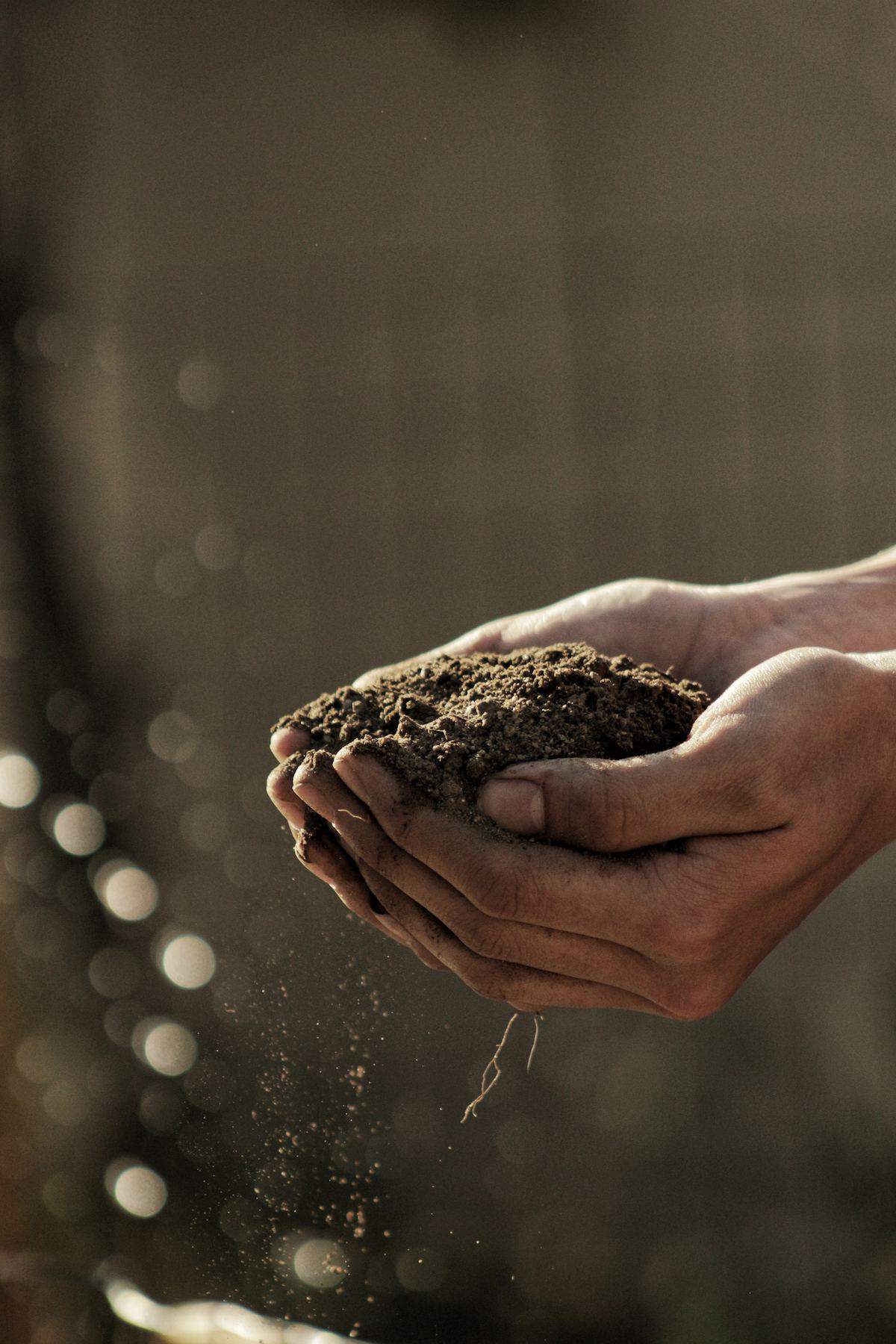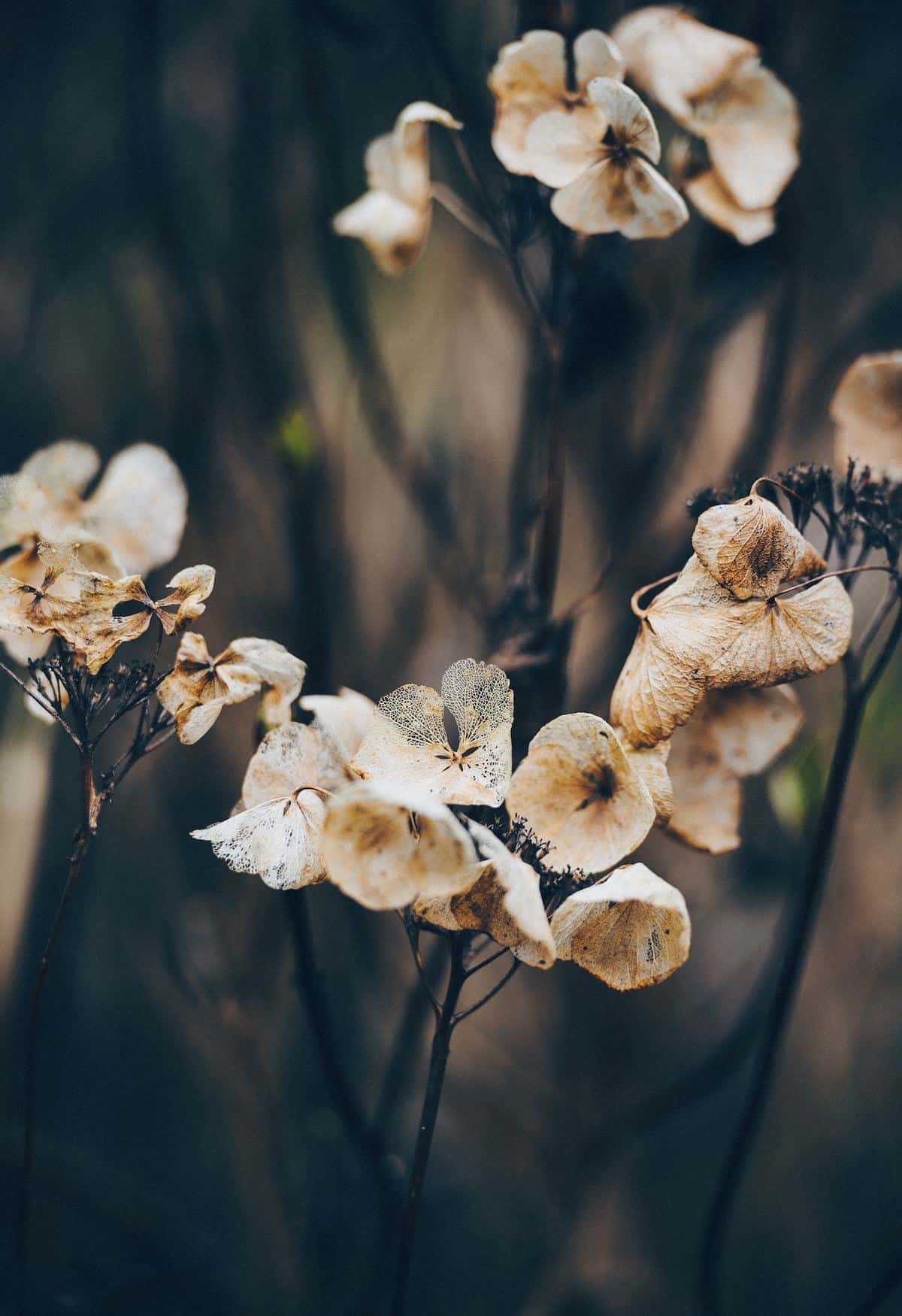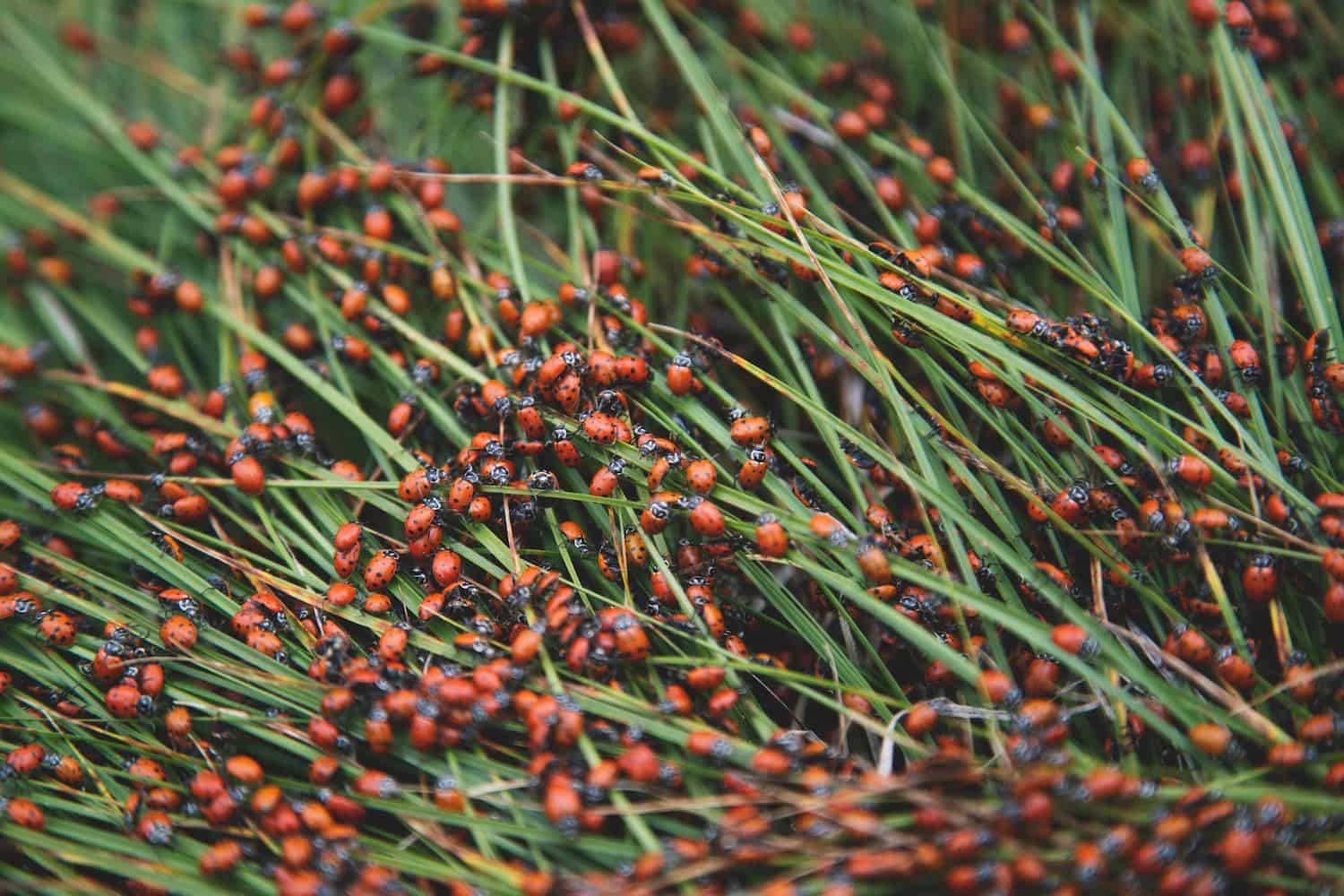Garden flowers improve the appearance and ambiance of your home by their beautiful blooms and sweet scents. Taking care of garden flowers, however, require skills, time and patience since it might take a year or two before they finally mature and start blooming, unlike vegetables which you can harvest quarterly, all year round.
That’s not to mean that taking care of garden flowers is a daunting task. A mission impossible, so to speak. In fact, you’ll discover that garden flowers don’t suffer frequent bug and pest infestation like houseplants and are actually much easier to care for if you possess the necessary knowledge.
Use these garden care tips to tend to your flowers.
Soil management
The soil is the flower’s sole source of nourishment and it is therefore important to ensure that the soil on which you plant your flowers has adequate moisture and nutrients.
Due to the sensitivity of some flowers to fungi that may cause them to wilt, it’s better to sterilize the soil first before planting your young plants.
It is also important to mulch your flower garden in order to retain moisture on the flower roots and for temperature regulation.

Water your flowers regularly and properly
Most beginners water their flowers by wetting the leaves but experts caution against this because may lead to rotting or spread of infections. The expert advice is to water the plants at their roots because that’s where it is actually needed.
The frequency of watering and the amount of water needed varies from species to species. Some perennials like the marigold and the hibiscus need daily watering while others like lavender can do with being watered once or twice weekly.
Rather than watering your flowers daily, go for deep-root watering which makes the water stay in the soil longer and the plant can absorb it as they need. You can make watering both your plants and lawn easier by getting hose connectors here that let you quickly switch between your hose nozzle and lawn sprinkler.

Cut dead flowers
Cut dead flowers of your plants to allow them more room to bloom. This also prevents your plants from producing seeds which may germinate on their own and compete with your healthy flowers for nutrients as well as be cluttering your garden.
Cutting dead and dry flowers off your plants makes them bloom more as well prolonging the blooming period.

Prune your flower
You need to regularly prune your flower plants to prevent any wild growths and to shape them into attractive sizes.
You’ll need shears, pruners and an assortment of garden like wheelbarrow depending on the size of your plants and the span of your garden. Before purchasing any garden tool, be sure to Read The Reviews to know what’s best for you and the price range for each item.
Pinch your flowers when they are young to stop them from growing long stems unless you want tall tree-size flower plants in your garden. Pinch leaves on either size of the trunk to promote symmetrical growth.
Control weeds, pests and diseases
Get rid of weed as soon as you notice them. Tiny weeds are manageable and can easily be pulled out by hand and offset the need to use herbicides.
Watering your plants well is usually enough to keep most disease away but should there be an outbreak, use an appropriate pesticide or prune the affected parts.






